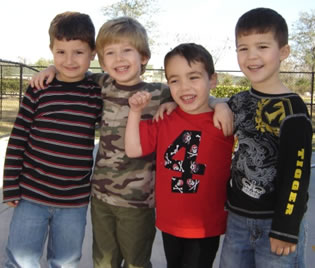About the Behavior Incident Reporting System (BIRS)

BIRS provides an efficient way for Leadership Teams to make informed decisions about student behavior. BIRS will help teams isolate challenges with specific children, identify factors related to specific challenges (activity, behavior type, motivation...), make decisions on how to support the student and teacher based on the data, and to be able to see changes in behavior over time.
How to get BIRS
To enroll, contact Amye Bock at
Essential Tools for Using BIRS
- This form is used by staff to collect data in the classroom. Send the form to a printer and have it printed on 2-part or 3-part carbonless paper. The teacher can keep a copy and one copy can go to the data entry manager to input in the system. A third copy might go into a child's central folder if desired. Download form here.
- This document provides your staff with written instructions for when to complete the BIR and operational definitions for each of the fields. Please use this document to train staff on how to complete the form with fidelity. Download instructions document here.
- Read our User's Manual to become familiar with the website and the BIRS system for recording and analyzing behaviors.
- All staff must be trained prior to using the BIRS. The link below provides a 45-minute training that can be used along with the BIR instructions to prepare staff to use the system. Click to view training.
When to use a BIR
Behavior Incident Reports should be used to track serious behavior challenges. Data can and should be entered and analyzed on a regular basis. Leadership Teams should review data monthly, at a minimum, to make decisions about the type of support to provide for teachers and children.
Always complete when a child engages in the following kinds of behaviors:
- Aggression to another child or adult that results in physical pain or harm to that person (includes kicking, hitting, biting, scratching)
- Running out of classroom, off playground, or from group without responding to the calls of the adult
- Intentionally injuring self in manner that may cause serious harm (severe head banging, biting self)
Also complete when a child continues to engage in problem behavior despite efforts to redirect to use alternative skills. On these occasions, complete the form for children who are persistent in problem behavior and their problem behavior appears to be unresponsive to the child guidance procedures you use in your classroom. The form will not be completed if the behavior has not occurred before or if the behavior may be developmentally-expected (e.g., 2- year-olds who tussle over a toy). These behaviors may be:
- Tantrums
- Inappropriate language
- Hitting
- Property Destruction
- Disruptive Behavior